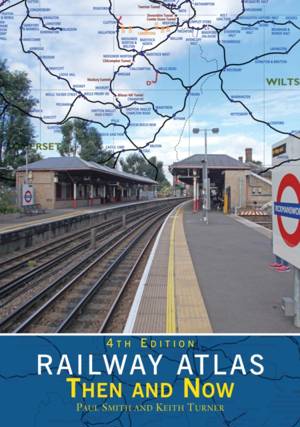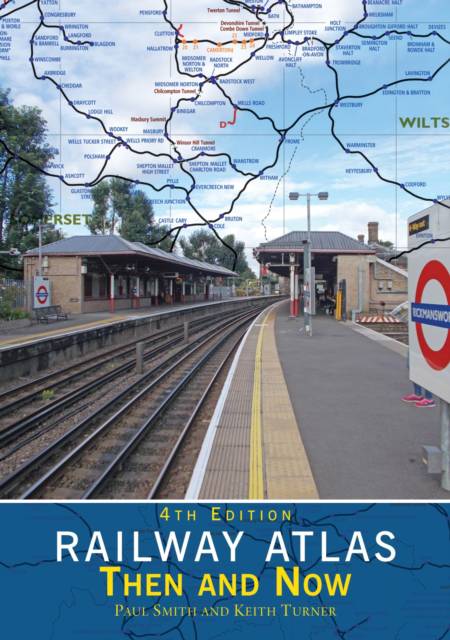
- Afhalen na 1 uur in een winkel met voorraad
- Gratis thuislevering in België vanaf € 30
- Ruim aanbod met 7 miljoen producten
- Afhalen na 1 uur in een winkel met voorraad
- Gratis thuislevering in België vanaf € 30
- Ruim aanbod met 7 miljoen producten
Zoeken
€ 27,95
+ 55 punten
Omschrijving
This is a new, revised and fully updated edition of one of our most popular railway atlases. The key to the attraction of this atlas is the ease with which it enables comparisons to be made between today's railway network and that which existed in 1923.
The book includes 45 maps from each period alongside a detailed gazetteer and brief introduction. The contemporary maps have all been revised and updated for this new edition. They include information about railway lines that have been closed and converted for other purposes such as walking or cycling routes, or have found a new use as heritage lines, tramway conversions and the like. Other information includes the location of all post-1923 steam sheds and current diesel and electric depots, railway museums and a wide range of modern commercial narrow gauge and miniature railways. The Atlas also provides a list of all stations that have both been opened and closed between the 1923 and the present day as well as those currently under construction.
The new edition of this unique publication can be used either for pleasurable browsing or as an aide for more detailed research into how the railway network has changed over a period of close to 100 years.
The book includes 45 maps from each period alongside a detailed gazetteer and brief introduction. The contemporary maps have all been revised and updated for this new edition. They include information about railway lines that have been closed and converted for other purposes such as walking or cycling routes, or have found a new use as heritage lines, tramway conversions and the like. Other information includes the location of all post-1923 steam sheds and current diesel and electric depots, railway museums and a wide range of modern commercial narrow gauge and miniature railways. The Atlas also provides a list of all stations that have both been opened and closed between the 1923 and the present day as well as those currently under construction.
The new edition of this unique publication can be used either for pleasurable browsing or as an aide for more detailed research into how the railway network has changed over a period of close to 100 years.
Specificaties
Betrokkenen
- Auteur(s):
- Uitgeverij:
Inhoud
- Aantal bladzijden:
- 128
- Taal:
- Engels
Eigenschappen
- Productcode (EAN):
- 9781800353480
- Verschijningsdatum:
- 29/01/2026
- Uitvoering:
- Hardcover
- Formaat:
- Genaaid
- Afmetingen:
- 241 mm x 184 mm
- Gewicht:
- 778 g

Alleen bij Standaard Boekhandel
+ 55 punten op je klantenkaart van Standaard Boekhandel
Beoordelingen
We publiceren alleen reviews die voldoen aan de voorwaarden voor reviews. Bekijk onze voorwaarden voor reviews.








